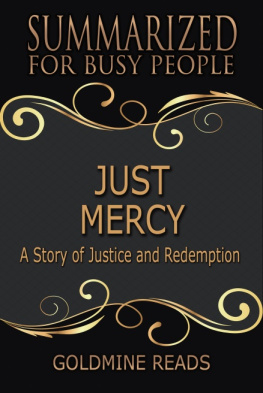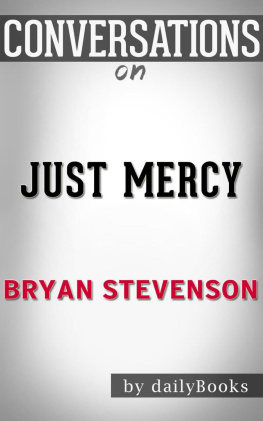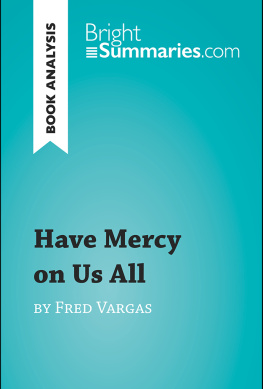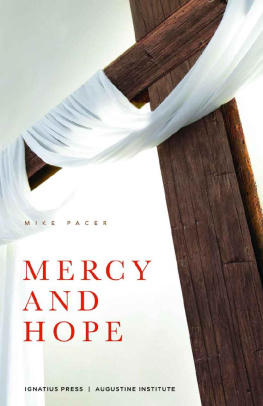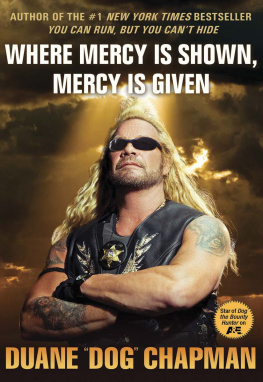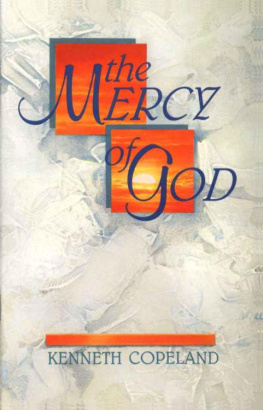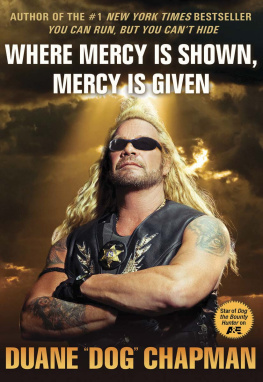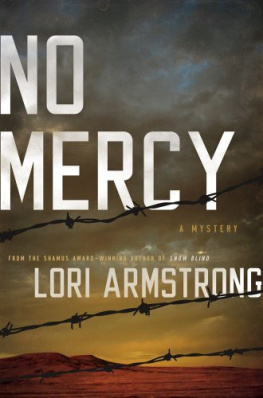Context
When Just Mercy was published in the fall of 2014, Americas first black president was nearing the midpoint of his second term. Despite President Barack Obamas monumental achievement, the legacy of Americas painful racial past was far from resolved. In 2014as in 2008, when Obama was elected to his first termblacks convicted of capital offenses were significantly more likely to receive the death penalty than white Americans. The same was true for poor Americans without the means to hire a lawyer, who were more likely to wind up in prison to begin with.
The Obama administrations acknowledgment of race- and class-based disparities in the criminal justice system marked a new commitment to reforming the institution of mass incarceration, but government works slowly. Beginning around 2013, the emergence of new activist groups organized by young people, such as Black Lives Matter, reflected the growing sense of frustration with a spate of interactions between law enforcement and African Americans that ended in the use of deadly force. As a result, many Americans are now aware of the racial and class disparities that continue to bedevil the criminal justice system. In Just Mercy , veteran defense attorney and criminal justice reformer Bryan Stevenson chronicles just how far the country has comeand how much further it has to go.
Overview
Just Mercy documents the career of Bryan Stevenson, the founder of the Equal Justice Initiative (EJI) and an indefatigable advocate for the accused. The book is framed around the pivotal case of Walter McMillian, a black Alabama man falsely accused of murdering an 18-year-old white woman. Despite remarkably flimsy evidence, he was convicted and sentenced to death. With the help of Stevenson and the EJI, McMillian was eventually exonerated and freed. Many of Stevensons other clients were not. Threaded through the narrative are stories about other prisoners Stevenson represented, young (often juvenile) and old, black and white, male and female. The people Stevenson works with have had incompetent or no representation, little outside support, and few resourcesfinancial or otherwise. Many are mentally or physically disabled. Often, they can barely read. Most have suffered unimaginable trauma in childhoodand while in prison. And many are guilty of the crimes of which they were convicted.
Stevensons mission is not to convince people to dismiss their crimes, or the consequences of their actions. Rather, his goal is for people to recognize the humanity and suffering of those caught up in the criminal justice system, and the ways our courts and legal system are stacked against the poor, the disabled, and people of color, particularly members of the black community. We cannot morally imprison for life or execute those, Stevenson argues, who never stood a chance.
Summary
Introduction: Higher Ground
In 1983, while interning for the Southern Prisoners Defense Committee (SPDC), a legal aid nonprofit based in Atlanta, Stevenson meets, for the first time, someone on death row. Henry has been housed in the maximum-security Georgia Diagnostic and Classification Center for two years, despite having no access to a lawyer.
The meeting is awkward and intenseand has lasting effects for the young law student. Stevenson, all of 23 years old, is on break from Harvard Law School, where he felt disconnected and put off by the abstract nature of his studies. His task now is far from abstract: He has been sent to inform Henry that the SPDC is looking into his case, andmore importantlythat no execution date will be scheduled during the next year.
An openly hostile guard escorts Stevenson to the visitation room, where, filled with panic about meeting a condemned prisoner, he awaits Henry, who is brought into the room in shackles and handcuffs. After he is unchained, Stevenson greets him with a stammering apology. He is put at ease by the prisoner, who is grateful for SPDCs intervention. Eventually, the two begin to speak about normal things like music and family, turning away from the case to ordinary conversation for three hours.
Like Stevenson, Henry is 23 and black. To the young lawyer, he looks just like any other peera regular person rather than a frightening criminal. He also, for Stevenson, personifies the injustice of the American criminal justice system. In the span of that short meeting, Stevenson is put on the path that leads to his career fighting for the unjustly accused and incarcerated.
This fight will be deeply connected to Stevensons own history. Born and raised in a racially segregated town in coastal Delaware, Stevenson grew up in a town where black people worked hard all the time but never seemed to prosper. Using his own experiences, and the even more traumatic experiences of his parents and grandparents, he draws a line from Americas history of oppressive racism to the current era of mass incarceration.
In its current form, he says, the criminal justice system has created far more problems than it has addressed. He enumerates its many disastrous policies: the abolition of parole in many states; three strikes laws that send nonviolent offenders to prison for decades; child offenders charged as adults; drug addicts prosecuted as criminals; and the great number of poor peoplemany of them blacktried and convicted without decent counsel.
Federal and state governments now dole out approximately $80 billion a year to build and maintain jails and prisons. Stevenson looks at the US justice system and sees a colossal waste of human, financial, and spiritual resources. The true measure of our character is how we treat the poor, the disfavored, the accused, the incarcerated, and the condemned, he writes. This humane reflection sums up Stevensons philosophy, and explains what motivates tireless work.
Chapter One: Mockingbird Players


